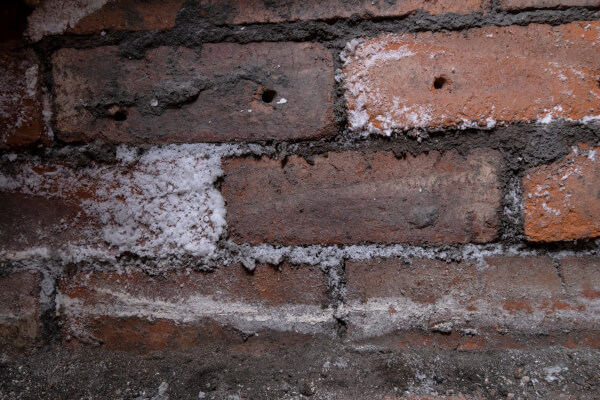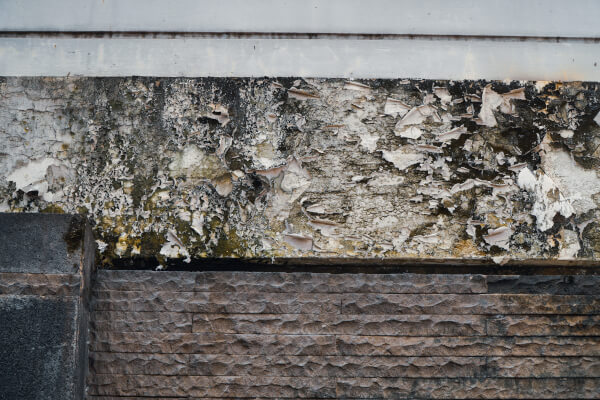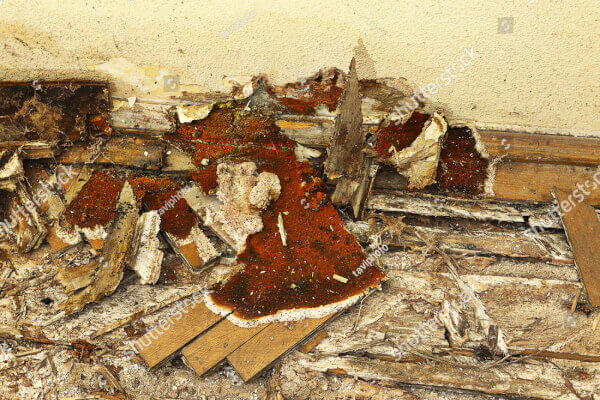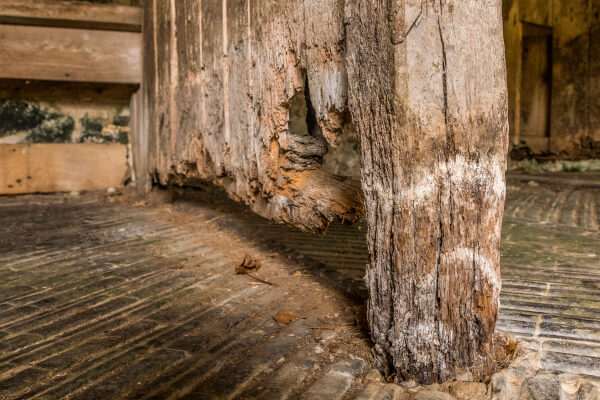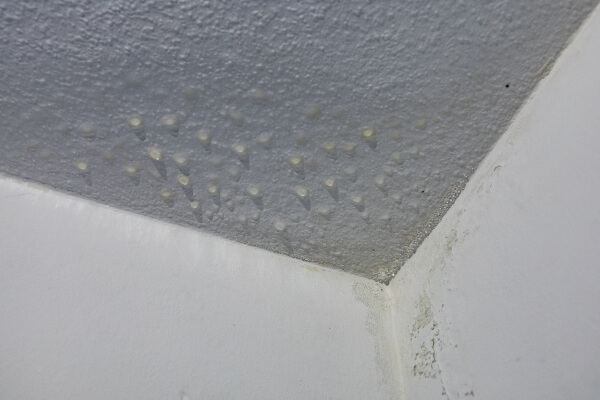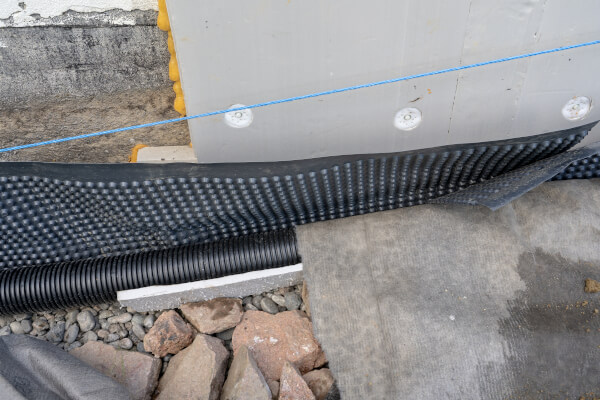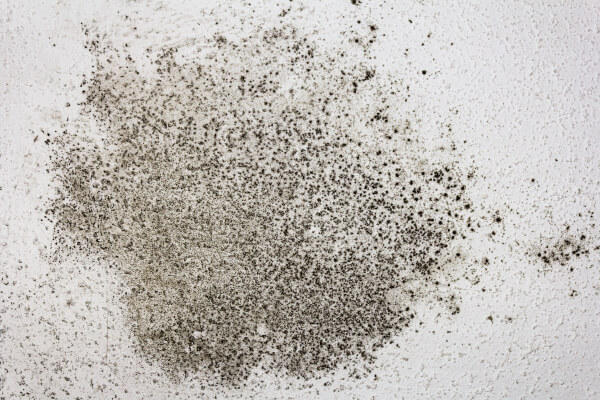Rising Damp Specialists
in Nottingham
Rising damp occurs when moisture from the ground travels upwards through walls via capillary action, often leading to damage like flaky paint, peeling wallpaper, and a visible tide mark along the walls. This issue can be caused by inadequate damp-proofing or water penetration from the foundations.
If you're experiencing these signs, it’s essential to have a damp surveyor inspect the property to identify the root cause of the dampness and recommend appropriate solutions. Surveyors can assess whether a damp-proof course needs to be installed or repaired, and advise on other moisture control measures.
For reliable advice or a professional survey contact us today.
Rising Damp Treatment
Before taking any action, our surveyor will conduct an inspection of the affected area to determine the exact cause of the problem. This ensures that we can take the appropriate measures to address the issue. Once the required remedial actions are identified, our technicians will perform the necessary work to resolve your rising damp problem.
Depending on the construction of your property and the site conditions, we may need to either repair the existing damp proof course or install a completely new system. A chemical damp proof course (DPC) is often a cost-effective solution for managing the issue. The purpose of this system is to create a continuous, unbroken waterproof barrier that prevents moisture from rising up the walls from the ground.
The process typically involves drilling a series of holes into the wall and injecting or feeding waterproofing material into them. Any damp-affected plasterwork will be removed to eliminate salt contamination, and it will be replaced with renovating plaster. Alternatively, a cavity wall membrane system can be applied before replastering to prevent visible interior damage and salt migration, helping the wall dry more efficiently. Don’t worry if this seems complicated—our team will assess the best solution for your needs and handle everything for you.


